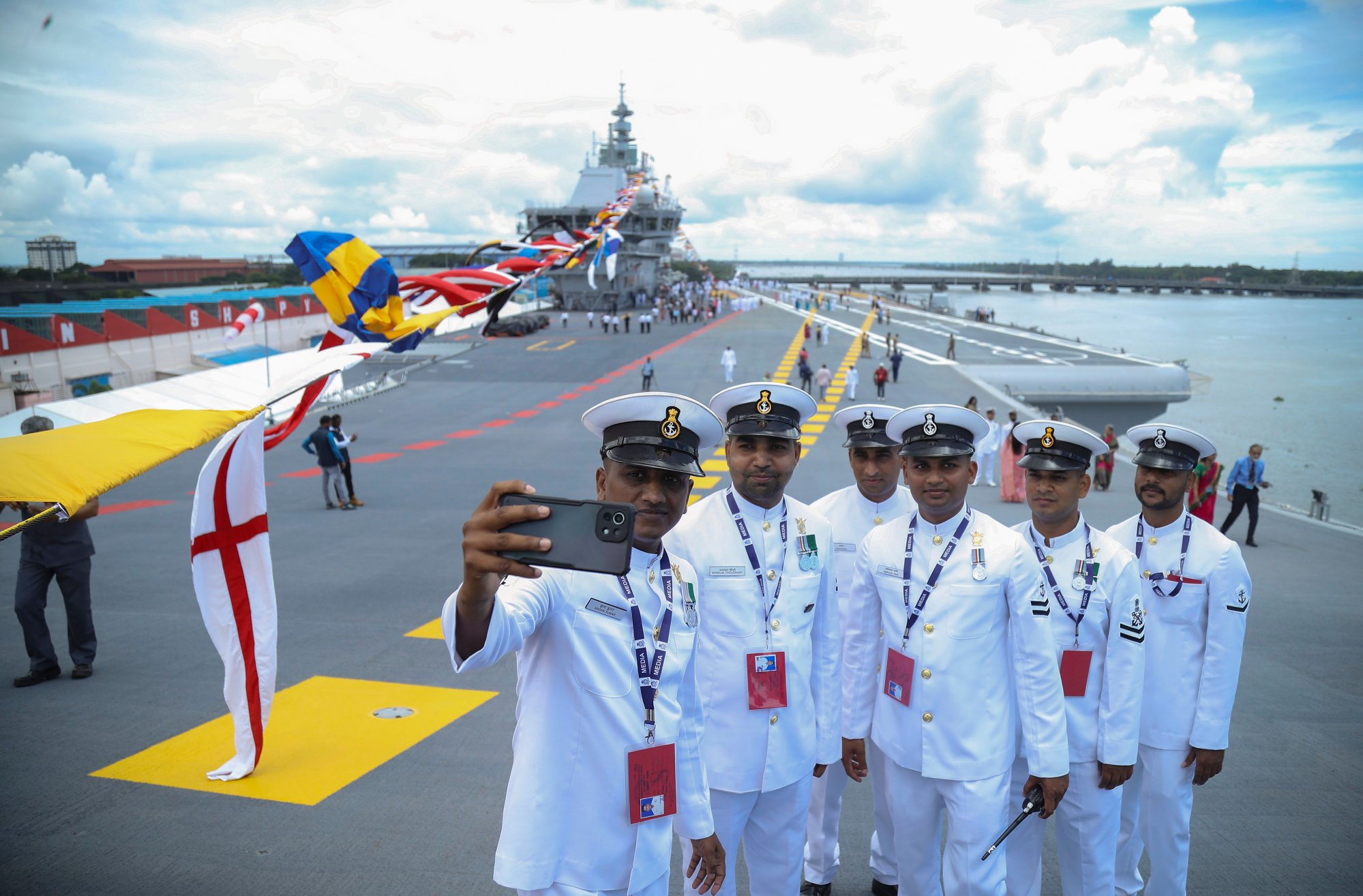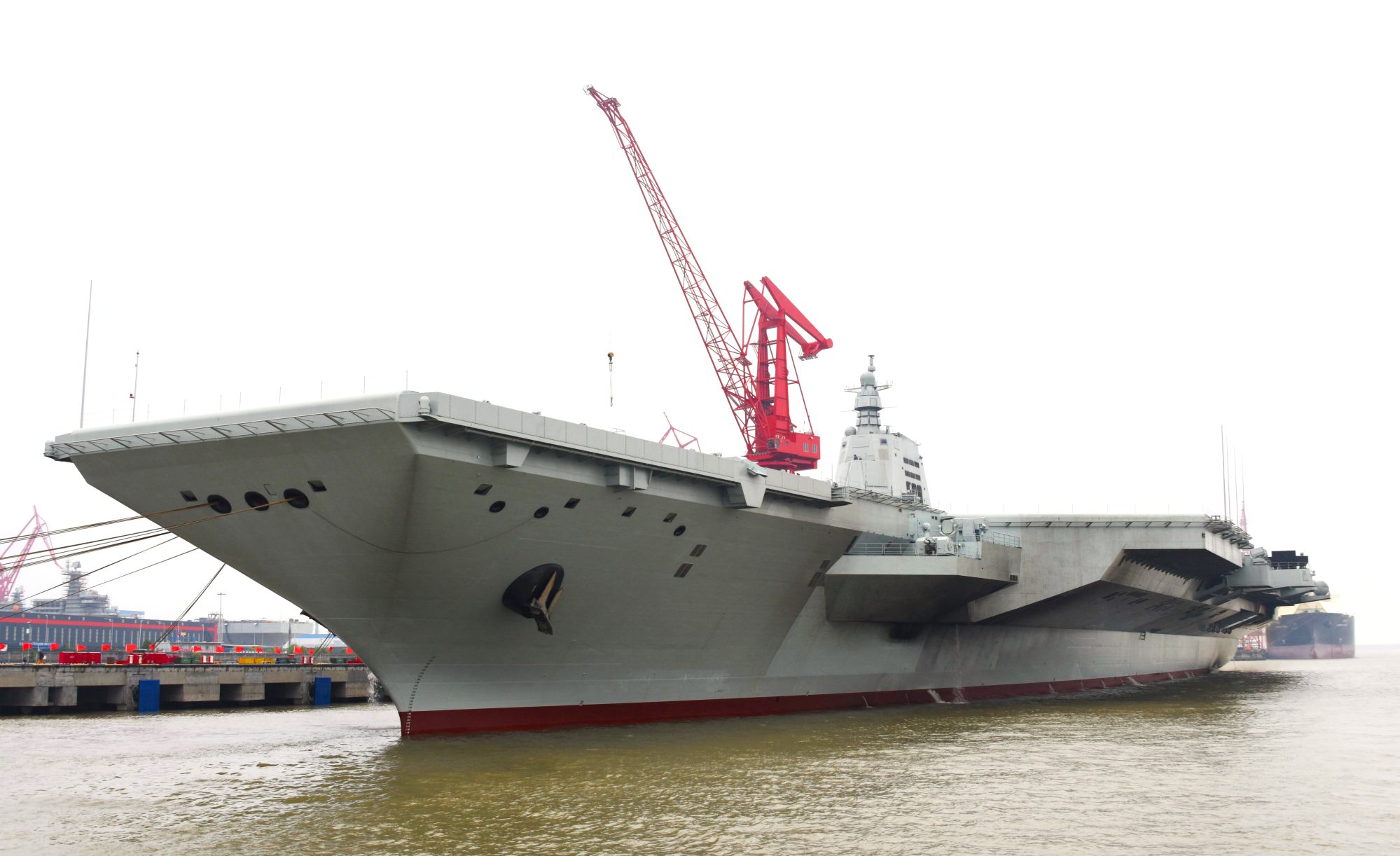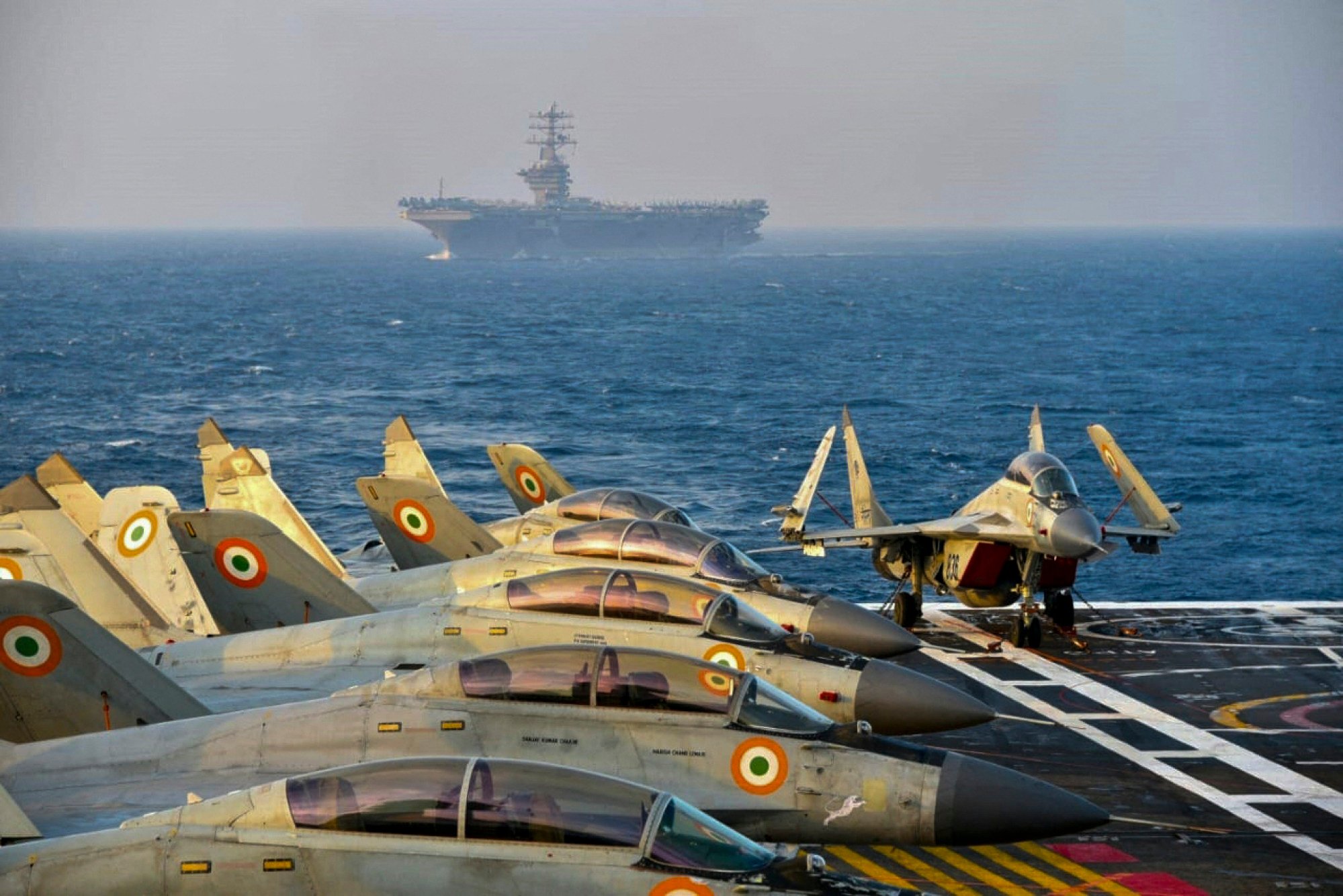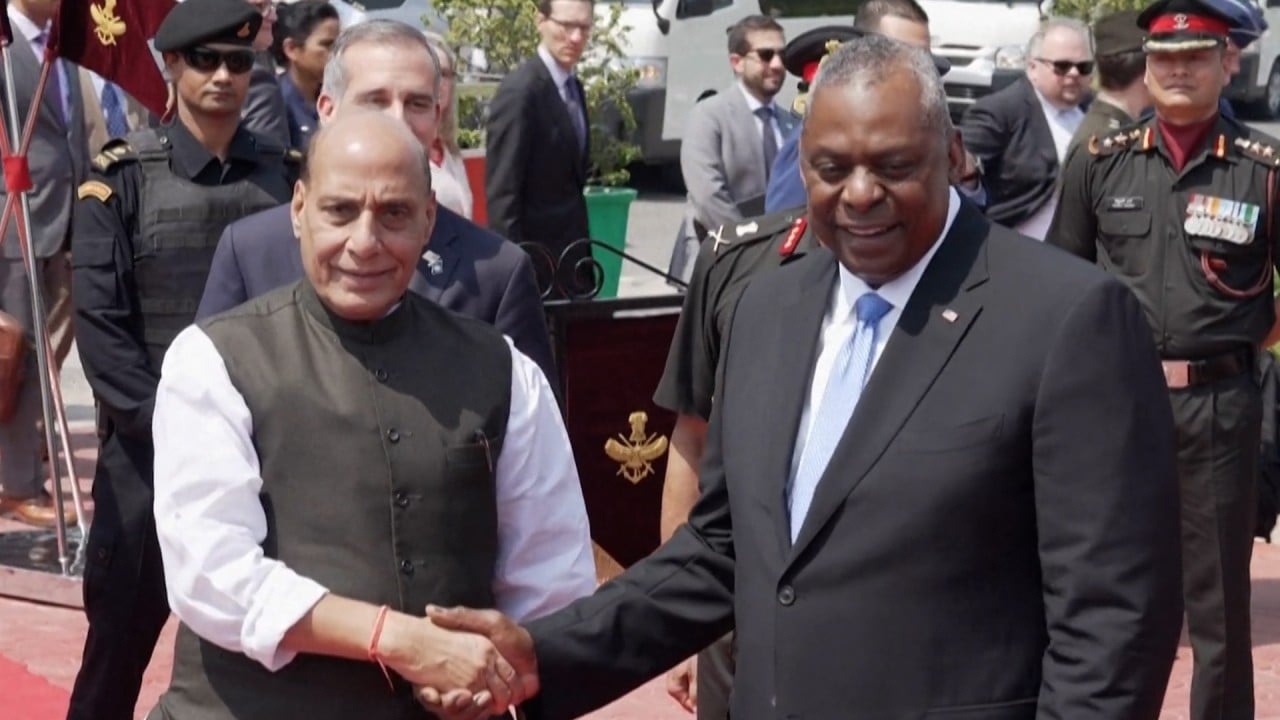Swaran Singh, an international-relations professor at Jawaharlal Nehru University in Delhi, said the strategic challenge from China’s increasing naval presence across the Indian Ocean had been a matter of concern for Indian policymakers and defence planners.

But the time needed “from visionary blueprints to operational trial sails on blue oceans” was long, he said, and acquiring five to six carriers could take decades.
“[This] means one has to really plan far in advance to meet future needs, which is what Defence Minister Singh seems to be doing,” said Singh, who is also a member of the governing board at the Delhi-based Society of Indian Ocean Studies.
Beijing deployed its navy and submarines in the Gulf of Aden in 2008 and 2014 in support of anti-piracy operations.
Long seen as within India’s sphere of influence, the Indian Ocean is strategically vital to Delhi as roughly 80 per cent of the country’s crude oil and 95 per cent of its trade passes through the region.
Singh added that there had always been a contest between the building of an “offensive submarine force versus defensive aircraft carriers”.
“India has had a mix of both of these,” Singh said, noting that given Delhi’s growing role in naval diplomacy, its navy would be expanded to address security and development challenges.
The Indian Navy currently operates 14 conventionally powered diesel-electric submarines and two nuclear-powered submarines.
The country’s military conducts exercises with several countries, including bilateral ones with the US, Maldives, Sri Lanka and Vietnam, as well as multilateral ones such as the Malabar with Australia, Japan and the US.
Since the deadly 2004 Indian Ocean tsunami, Delhi has emerged as a key player in humanitarian assistance and disaster relief.
To allow flexibility in deployment, three aircraft carriers is the bare minimum for a country like India to project power into its largely maritime neighbourhood, according to Anushka Saxena, research analyst at The Takshashila Institution, an independent centre for research and education in public policy based in Bengaluru.

Saxena noted that the Vikrant took 13 years to be commissioned into service after plans were first laid down in 2009, while Vishal – the third proposed carrier – would require a similar time frame. The goal of having five to six carriers would take 25 to 30 years, she said.
During this period, hurdles including fluctuations in the navy’s budget and changes in its priorities, such as the need to induct more submarines, “may impede plans for more aircraft carriers”, Saxena said.
“Of similar importance will be a new political dispensation’s views on carriers,” Saxena said, noting that the defence minister’s comments “stargazed without a concrete or predictable plan in place”, given that the government had previously said budgetary constraints would force the navy to defer plans for a third carrier.
India acquired the Vikramaditya and Vikrant for US$2.35 billion and US$11 billion respectively, while Vishal is expected to cost US$6 billion to US$8 billion, according to a 2020 report by the Australian National University’s National Security College.
While China could potentially deploy a carrier battle group in the Indian Ocean, the possibility is “at least a decade away” since Beijing currently only has three carriers in its fleet, two of which are in active service, according to Saxena.

“Given that the PLA Navy is pulled in many directions, especially the South and East China seas, as well as the Philippine Sea, an Indian Ocean region deployment for its limited carriers is simply not a priority,” she said, referring to China’s navy by its official name.
If India chooses to build two more aircraft carriers over the next 20 to 25 years, these vessels could be larger with higher tonnage, Saxena said, but if the goal is six carriers in the same period, the vessels will have to be much smaller than the 45,000-tonne Vikrant.
“Because the country does not possess global sea control ambitions and is primarily vested in maintaining regional maritime dominance, four carriers with medium-level displacements – between 40,000 and 60,000 tonnes – should be the way forward for the next two decades,” she added.
Pooja Bhatt, a Delhi-based maritime and regional security analyst, said India enjoyed a maritime advantage in the Indian Ocean region through its infrastructure, superior training and maritime partnerships.
Aircraft carriers are useful for power projection but are prohibitively expensive, according to Bhatt, who noted that faster, smaller vessels are more affordable and have the speed, lethality and manoeuvrability that are necessary for warfare.
“Strategically, a combination of the two will suit India’s geostrategic situation and aspirations better,” Bhatt said.


